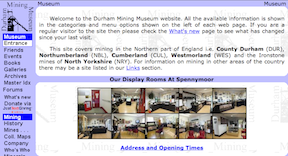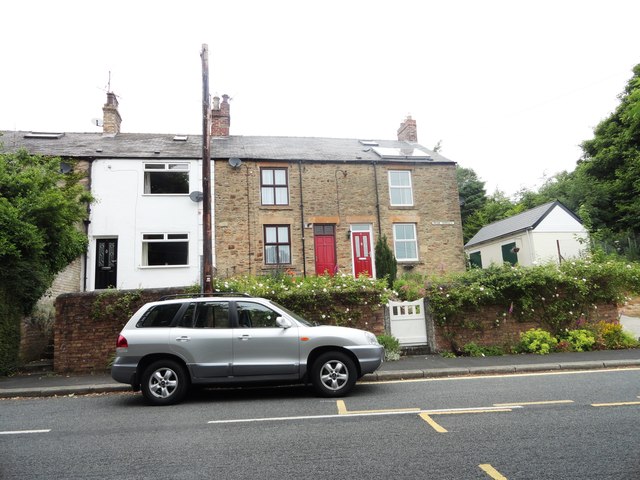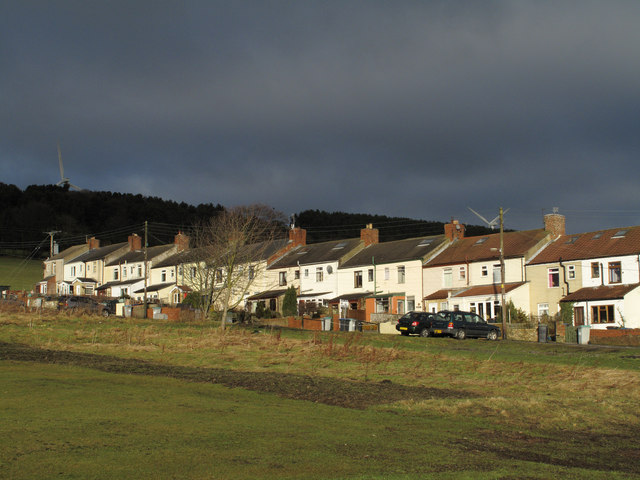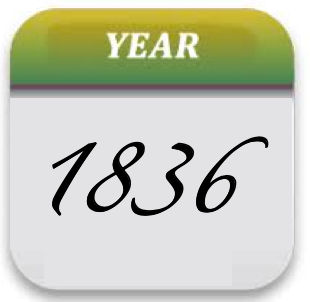Topics > County Durham > East Hedleyhope > East Hedley Hope Colliery (1836 - 1959)
East Hedley Hope Colliery (1836 - 1959)
East Hedley Hope Colliery opened in 1836 and gave rise to the village of East Hedleyhope in County Durham. At it's peak level of employment, in 1900, the colliery had 495 people working there (384 below ground, and 111 working on the surface).[1] Much of the output of the mine was used for making coke, used for iron production, including at furnaces at nearby Tow Law. There were 3 batteries of coke ovens and beehive ovens near the River Deerness, near East Hedly Hope Colliery.[2] There were rail lines connecting the colliery with other sites along the Deerness valley. The colliery was relatively inactive from 1902 upto the early 1930s, but production increased again from 1935 until the colliery closed on the 31st of January, 1959, with the loss of 274 jobs.
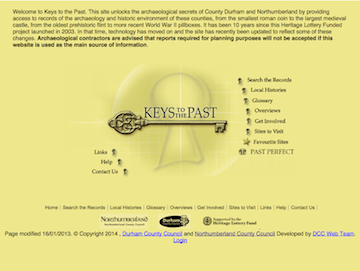
from https://keystothepast.info/se…
East Hedleyhope battery A (Hedleyhope)
- Battery of coke ovens part of a series of industrial mid-19th century sites, shown in 1898. Recent survey notes that these ovens were either buried or removed in the 1970s …
Added by
Simon Cotterill

from https://keystothepast.info/se…
East Hedleyhope battery C (East Hedleyhope)
- Three separate rows of coke ovens within an area in part of mid-19th century industrial sites running east from Hedleyhope Colliery east along the Deerness.
The banks of coke ovens …
Added by
Simon Cotterill


from https://keystothepast.info/se…
East Hedleyhope battery A (Hedleyhope)
- Battery of coke ovens part of a series of industrial mid-19th century sites, shown in 1898. Recent survey notes that these ovens were either buried or removed in the 1970s …
Added by
Simon Cotterill

from https://keystothepast.info/se…
East Hedleyhope battery C (East Hedleyhope)
- Three separate rows of coke ovens within an area in part of mid-19th century industrial sites running east from Hedleyhope Colliery east along the Deerness.
The banks of coke ovens …
Added by
Simon Cotterill
